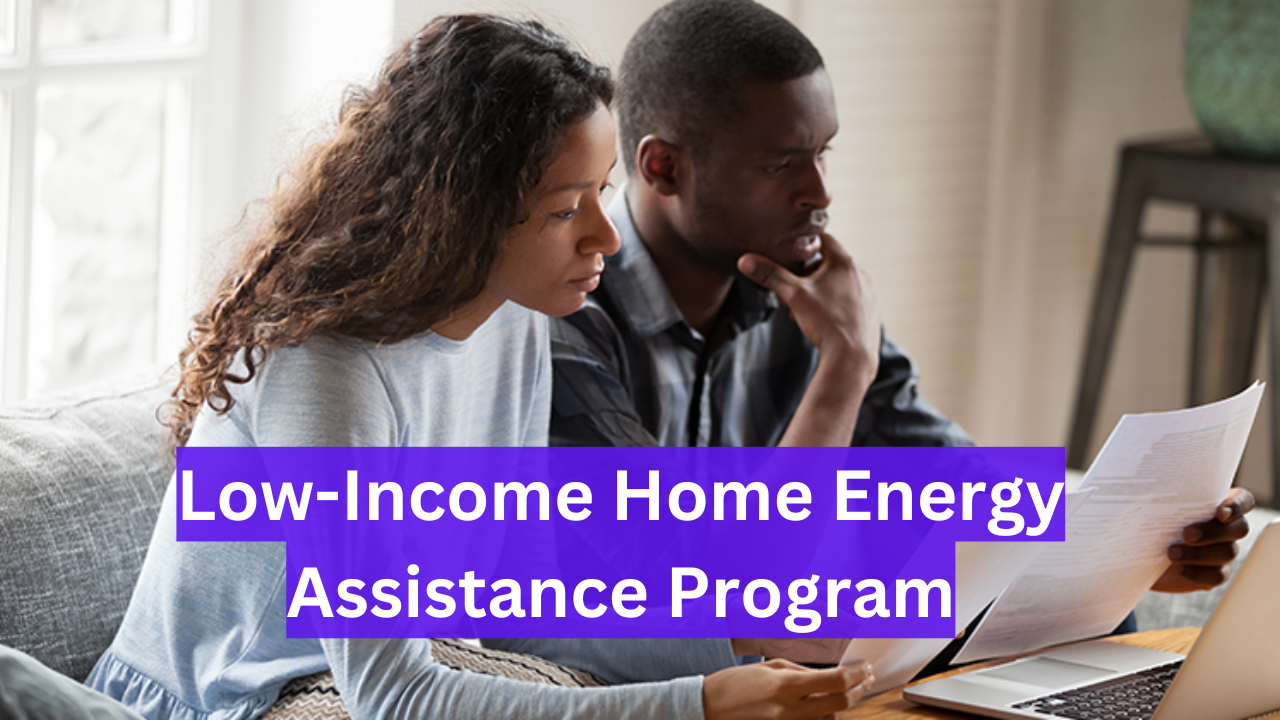The Low-Income Home Energy Assistance Program (LIHEAP) is a federal initiative designed to help families with low incomes cover the cost of home energy bills. It provides crucial assistance to vulnerable households, ensuring they have access to heating, cooling, and energy services necessary for a safe and healthy living environment.
In this article, we’ll cover everything you need to know about LIHEAP, including how to apply, eligibility criteria, and the benefits it offers.
What is LIHEAP?
The Low-Income Home Energy Assistance Program (LIHEAP) offers financial aid to help eligible families manage the costs of heating and cooling their homes. It also provides crisis assistance in emergencies, such as utility shutoffs or unsafe heating situations. Additionally, LIHEAP may support weatherization services to improve home energy efficiency.
Key Features of LIHEAP
- Bill Payment Assistance: Helps pay energy bills to keep heating or cooling services active.
- Crisis Assistance: Provides funds during emergencies like utility disconnections.
- Weatherization Support: Assists in making homes more energy-efficient to reduce future costs.
- Energy-Related Repairs: Covers minor repairs necessary to maintain heating or cooling systems.
Who Qualifies for LIHEAP?
Eligibility for LIHEAP depends on household income, size, and state-specific guidelines. Here are the general qualifications:
- Income Guidelines: Your income must fall below a specific threshold, often between 150% and 200% of the federal poverty level.
- Utility Responsibility: You must be responsible for paying the home energy bills.
- Vulnerable Groups: Priority is often given to households with elderly members, disabled individuals, or children under five.
Each state sets its own eligibility criteria. For detailed income guidelines, refer to your state’s LIHEAP office.
How to Apply for LIHEAP Assistance
Follow these steps to apply for LIHEAP:
- Locate Your Local LIHEAP Office: Visit the LIHEAP website to find your state or tribal program office.
- Complete an Application: Applications can be submitted online, by mail, or in person, depending on your state.
- Provide Necessary Documents: Include proof of income, household size, and energy bill details.
- Check Application Status: After submitting, you can track your application status online or by contacting the LIHEAP office.
Where to Apply
- Online: Many states offer online applications. Search for “LIHEAP application [your state].”
- In Person: Visit your local Community Action Agency (CAA) for assistance.
- By Phone: Call the LIHEAP hotline or your state’s LIHEAP office for guidance.
Benefits of LIHEAP
- Financial Relief: Covers partial or full energy costs, alleviating financial stress.
- Emergency Support: Protects families from disconnection or extreme weather conditions.
- Weatherization Assistance: Helps reduce long-term energy expenses through home improvements.
- Health and Safety: Ensures homes are safe and livable during extreme heat or cold.
LIHEAP Income Guidelines for 2023-2024
The income eligibility limits vary by state. However, here are some common benchmarks:
| Household Size | Annual Income Limit |
|---|---|
| 1 | $20,385 |
| 2 | $27,465 |
| 3 | $34,545 |
| 4 | $41,625 |
| 5 | $48,705 |
Note: Guidelines differ by state. Check with your local LIHEAP office for exact limits.
FAQs About LIHEAP
What does LIHEAP cover?
LIHEAP can cover heating and cooling bills, provide emergency assistance to prevent disconnections, and help with weatherization.
Can renters apply for LIHEAP?
Yes, renters may apply as long as they are responsible for paying energy bills.
What is the LIHEAP crisis program?
The crisis program provides immediate assistance to households facing shutoffs or unsafe heating/cooling situations.
Can seniors benefit from LIHEAP?
Yes, seniors are often prioritized for assistance due to their vulnerability to extreme temperatures.
How LIHEAP Differs by State
Every state administers LIHEAP independently, so the application process, income limits, and benefit amounts vary. Some states also offer additional programs for water bills or cooling assistance.
For example:
- California LIHEAP: Offers robust crisis and weatherization services.
- Texas LIHEAP: Focuses on both heating and cooling assistance for its residents.
- New York LIHEAP: Provides extra benefits during harsh winters.
Tips to Maximize LIHEAP Benefits
- Apply Early: Funding is limited and distributed on a first-come, first-served basis.
- Stay Organized: Keep all documents ready for a smoother application process.
- Seek Local Help: Community Action Agencies can assist with applications and additional resources.
- Combine with Other Programs: Pair LIHEAP with SNAP or Medicaid to maximize support.
Conclusion
The Low-Income Home Energy Assistance Program (LIHEAP) is a lifeline for many families struggling with energy costs. By offering financial aid, crisis support, and weatherization services, LIHEAP ensures that vulnerable households can maintain safe and livable conditions.
For more information or to apply, visit the official LIHEAP website or contact your local energy assistance office. Take action today to secure the help you need!
Related Searches
- How to apply for LIHEAP online
- LIHEAP income limits by state
- Weatherization programs for low-income households
- Energy assistance for seniors and disabled
- Emergency utility bill assistance
By following these guidelines and understanding the program, you can make the most out of LIHEAP’s benefits while ensuring your household stays safe and comfortable.
Also Check: Temporary Assistance for Needy Families Program, Benefits, and Eligibility in 2024
